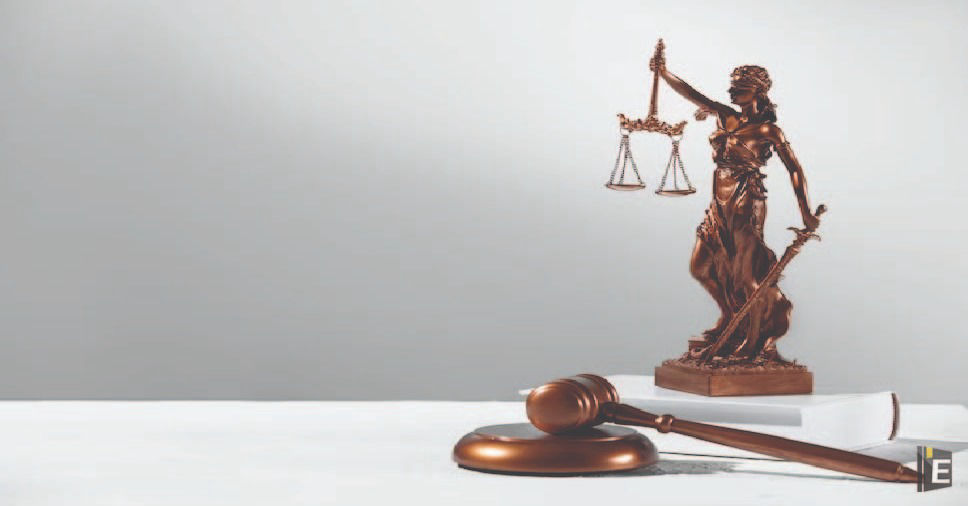Indian Polity Question and Answer with Solution

Which of the following was the Chairman of Constituent Assembly of India-
(A) Dr. Rajendra Prasad
(B) Jawaharlal Nehru
(C) M.A. Jinna
(D) Lal Bahadur Shastri
Correct Answer : A
Explanation :
Dr. Rajendra Prasad served as the Chairman of the Constituent Assembly of India. He played a pivotal role in guiding the assembly members in drafting the Indian Constitution, which came into effect on January 26, 1950. His leadership and consensus-building skills were crucial in shaping the democratic foundation of the newly independent nation.
Which party government announced the formation of a second backward classes commission in 1978?
(A) Indian National Congress Party
(B) Bharatiya Janata Party
(C) Janata Party
(D) United Democratic Party
Correct Answer : C
Explanation :
Janta party announced the formation of a second backward class commission in 1978. Morarji Desai was an Indian independence activist and the Prime Minister of India from 1977 to 1979. He was also the first Prime Minister to head India's first non-Congress Government. He was the first PM to Demonetize India.
Who among the following Indian dancers was the first woman in Indian history to be nominated as a member of the Rajya Sabha?
(A) Rukmini Devi Arundale
(B) Madhuri Dixit
(C) Mallika Sarabhai
(D) Saroj Khan
Correct Answer : A
Explanation :
The first woman in Indian history to be nominated as a member of the Rajya Sabha (the upper house of India's Parliament) was Rukmini Devi Arundale. She was not only a renowned Indian dancer but also a theosophist, choreographer, and activist. Rukmini Devi Arundale made significant contributions to the revival of Bharatanatyam, a classical Indian dance form, and her nomination to the Rajya Sabha was a testament to her influence and contribution to the cultural and artistic heritage of India.
The Advantage of unitary system of governance is-
(A) More adaptability
(B) Strong state
(C) More participation by the people
(D) Less chance of authoritarianism
Correct Answer : B
Explanation :
Unitary system is strong and powerful as compared to the federal set-up. Central government strongly controls all the state affairs with a unified command.
Who was the chairman of the Constituent Assembly of India-
(A) Dr. B.R.Ambedkar
(B) Dr.Rajendra Prasad
(C) Dr. B.N. Rao
(D) Pandit Jawaharlal Nehru
Correct Answer : B
Explanation :
The Constituent Assembly held its first meeting on Dec.9,1946. The meeting was attended by 211 members. Dr. Sachchidanand Sinha, the oldest one,was elected as the temporary president of the assembly. Later on, Dec.11,1946, Dr. Rajendra Prasad and H.C. Mukherjee were elected as the President and vice-president of the assembly.Sir B N Rau was appointed as the Constitutional Advisor in the assembly.
Which of the following country has an Non-written constitution-
(A) USA
(B) UK
(C) Pakistan
(D) India
Correct Answer : B
Explanation :
The constitution is a set of fundamental principles or established precedents according to which a state or other organization is governed. The constitution of India, USA and Pakistan is written constitution but the constitution of UK is Unwritten.
Which of the following act suggested the post of Comptroller and Auditor General-
(A) Act of 1909
(B) Act of 1919
(C) Act of 1935
(D) Act of 1947
Correct Answer : B
Explanation :
The CAG is n authority, established by the constitution under constitution of India. Part V- Chapter V/sub-part 7B/ Article 147, who audits all the receipts and expenditure of the government of India. Under the act of 1919, the Secretary of India was given the charge to appoint CAG in India.
The Constituent Assembly which enacted the Constitution of Indian, its members were-
(A) Nominated by Political Parties
(B) Elected by the Legislative Assemblies of different provinces
(C) Directly elected by People
(D) Nominated by Governor General
Correct Answer : B
Explanation :
The Constituent Assembly was constituted in November 1946 under the scheme formulated by the Cabinet Mission Plan. The total strength of the Constituent Assembly was to be 389. Of these, 296 seats were to be allotted to British India and 93 to Princely States. Out of 296 seats allotted to British India, 292 members were to be drawn from the eleven Governors’ provinces and four from Chief Commissioners’ Provinces, one from each.
The Constituent Assembly of India was constituted on the scheme of –
(A) Wavell plan
(B) Cripps mission
(C) August offer
(D) Cabinet mission
Correct Answer : D
Explanation :
The Constituent Assembly was constituted in November 1946 under the Scheme of Cabinet Mission Plan.
How many members were in the interim Parliament of India-
(A) 296
(B) 313
(C) 318
(D) 316
Correct Answer : A
Explanation :
The interim government of India formed on 2nd September 1946 from the newly elected constituent assembly of India. There were 296 members in interim parliament of India.



